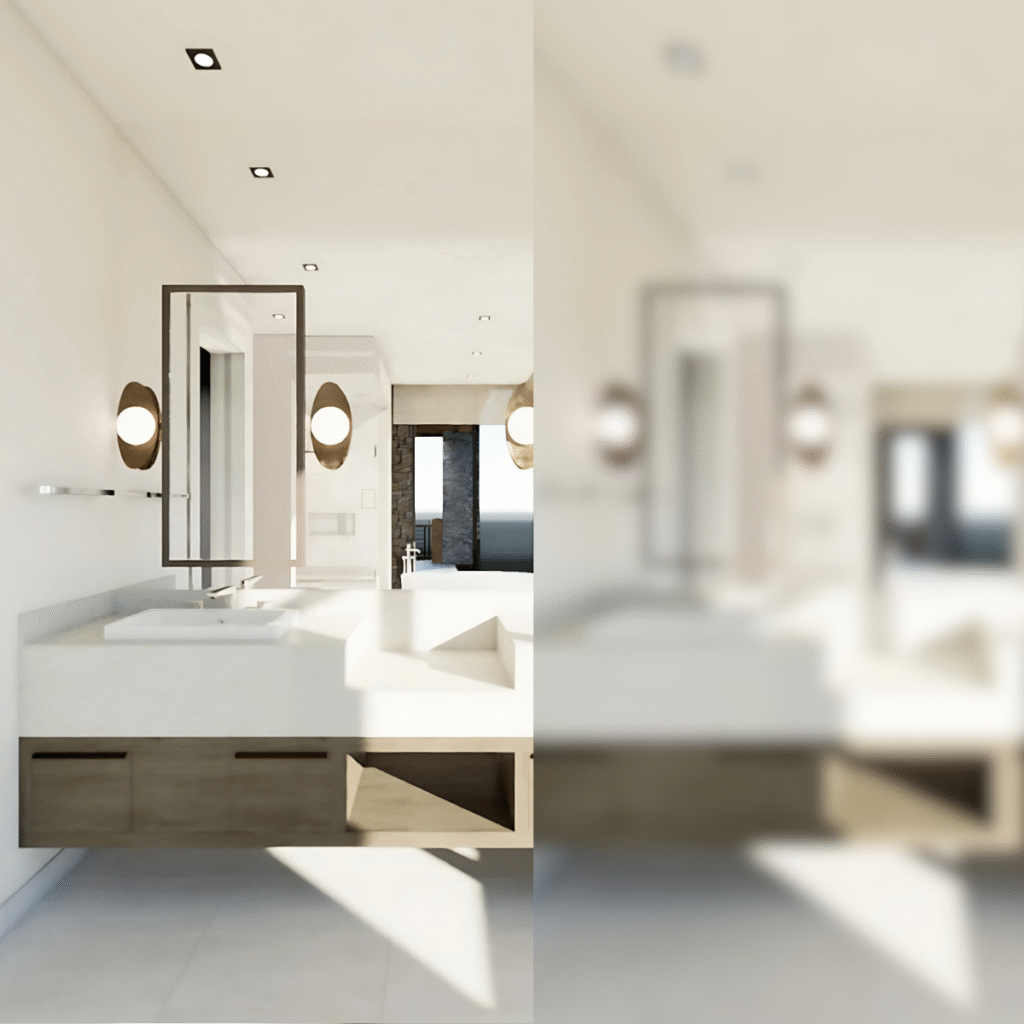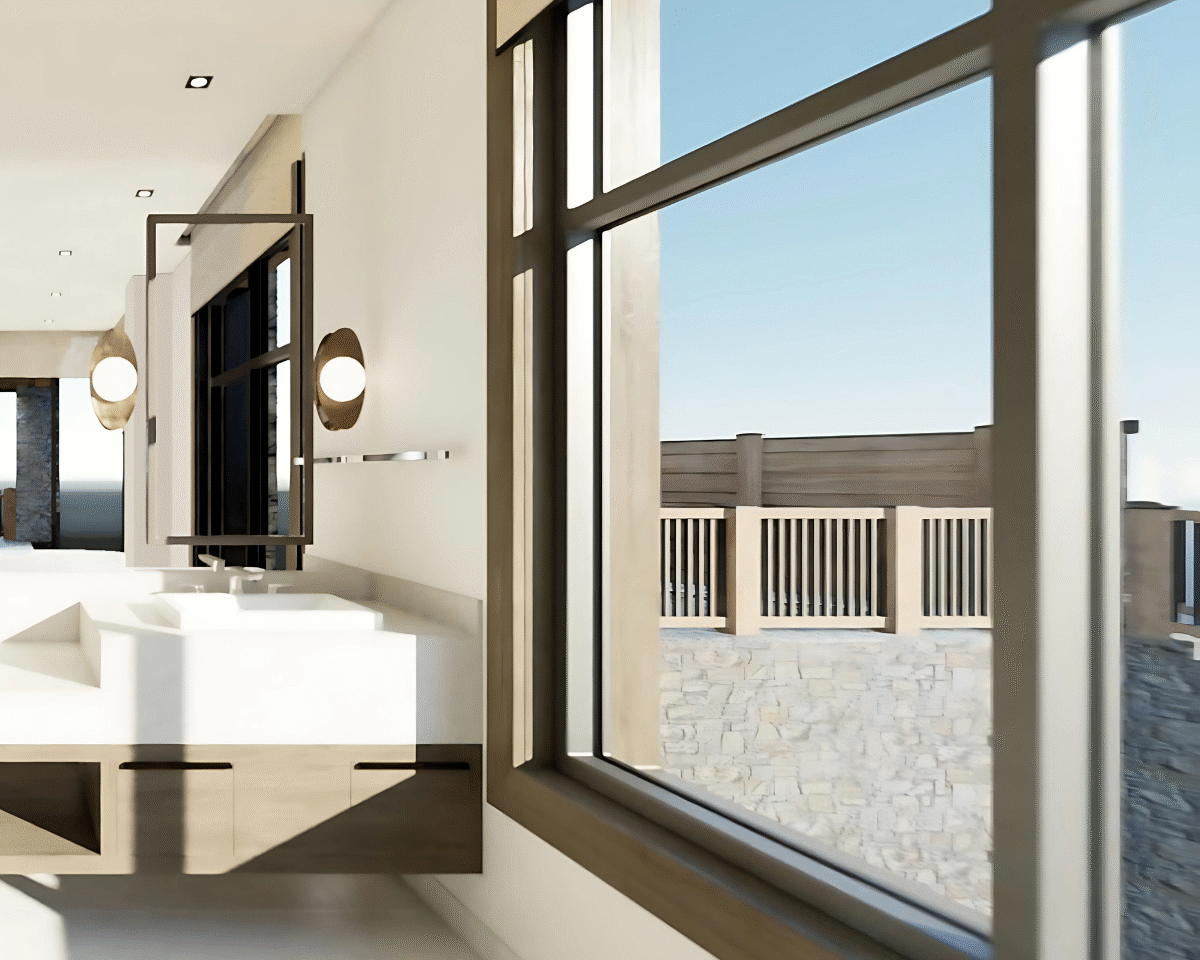Architectural Rendering Services Turn Vision into Reality
In the competitive world of real estate development, the ability to communicate vision separates successful projects from those that struggle to gain traction. Architectural rendering services have become the essential bridge between conceptual blueprints and buyer understanding, transforming technical drawings into emotionally compelling visual narratives that drive pre-sales and secure financing. For developers navigating today’s market, professional rendering isn’t a luxury—it’s a strategic necessity that directly impacts bottom-line results.
The Communication Gap That Rendering Solves
Architects and developers live in a world of floor plans, elevations, and technical specifications. They can look at two-dimensional drawings and envision three-dimensional spaces with perfect clarity. But here’s the challenge: their clients and buyers don’t share this ability.
Hand a potential buyer a set of blueprints, and watch confusion set in. Even educated, intelligent people struggle to translate flat lines into livable spaces. How does that hallway actually feel? What’s the view from the master bedroom window? How does natural light move through the living room throughout the day? These questions remain unanswered when working from traditional architectural drawings alone.
Architectural rendering services solve this communication gap by translating technical documentation into photorealistic images that anyone can understand. The same floor plan that seemed confusing becomes instantly clear when rendered as a sun-drenched living space with furniture, materials, and context. What was abstract becomes tangible. What required imagination becomes immediate.
This clarity matters enormously in pre-construction sales, where buyers must commit financially to properties that exist only as concepts. The confidence to make such commitments comes from visualization that feels real enough to trust.
The Evolution of Rendering Quality
Early architectural renderings often looked obviously computer-generated—stiff, artificial, and lacking the subtle details that make spaces feel authentic. Those early efforts, while better than nothing, sometimes created as much skepticism as confidence.
Modern architectural rendering services have evolved dramatically. Today’s photorealistic renderings are often indistinguishable from professional photography of completed spaces. The difference lies in sophisticated software, improved computing power, and most importantly, skilled artists who understand not just technical execution but also composition, lighting, and emotional resonance.

Professional architectural rendering services now capture the way light filters through windows at different times of day, how materials interact with their environment, and subtle imperfections that make spaces feel lived-in rather than sterile. Reflections in windows, texture in fabrics, and even the slight variation in wood grain all contribute to images that feel genuine rather than generated.
On the left, you can see how the quality of an image can completely change what you receive. At Outer Realm, we take that difference seriously—ensuring every client gets high-quality visuals that capture even the smallest details. Our goal is to make every element stand out clearly, so the final result truly reflects the precision and creativity behind the work.
This quality improvement has fundamentally changed how buyers perceive pre-construction properties. When renderings look convincingly real, buyer confidence rises proportionally. The psychological barrier of “it’s just a computer image” dissolves, replaced by genuine emotional response to what they’re seeing.
Strategic Applications Across Development Phases
Architectural rendering services provide value throughout the entire development lifecycle, from initial concept to final marketing. Understanding how to leverage rendering strategically at each phase maximizes return on investment.
During the concept phase, quick study renderings help developers and architects evaluate design options before committing to detailed plans. These exploratory visualizations test different architectural approaches, identify potential issues, and align stakeholder vision when projects are still fluid enough for easy modification.
As designs solidify, renderings become powerful tools for securing financing and development approvals. Banks and investors need to understand what they’re funding, and city planning departments need to see how proposed developments integrate with existing neighborhoods. High-quality renderings communicate vision far more effectively than technical drawings, helping decision-makers feel confident in their approvals.
The marketing phase demands the highest quality architectural rendering, as these images will be seen by thousands of potential buyers. Exterior renderings showcase architectural character and contextual integration. Interior renderings help buyers envision their daily lives. Aerial renderings demonstrate master-planned community layouts. Each rendering type serves specific strategic purposes in the sales process.
Creating Curb Appeal Before Construction
First impressions happen in seconds, and exterior architectural renderings create that critical initial impact for pre-construction properties. These visualizations don’t just show building facades—they tell stories about lifestyle, status, and belonging.
Professional exterior rendering services capture architecture within context. The building isn’t floating in white space—it’s integrated into its environment with landscaping, neighboring structures, sky conditions, and human scale references that ground the image in reality. Time of day matters enormously; golden hour lighting creates warmth and aspiration, while overcast conditions might emphasize modern sophistication.
Material representation becomes crucial in exterior renderings. The difference between convincing stone, brick, or glass and obviously fake textures can make or break buyer confidence. High-end architectural rendering services invest in material libraries and custom texture development that replicates real-world building materials with stunning accuracy.
For developers marketing luxury properties, exterior renderings often include environmental storytelling—people walking dogs, couples enjoying outdoor spaces, or families gathering in courtyards. These human elements transform architectural showcases into lifestyle narratives that resonate emotionally with target buyers.
Designing Lifestyle Aspirations
While exterior renderings create first impressions, interior architectural rendering services close deals by helping buyers envision their daily lives within spaces. These renderings go far beyond showing room dimensions—they create emotional connections through thoughtful staging, lighting, and detail.
The best interior renderings feel like walking into a model home that’s been professionally staged and photographed. Every element serves a purpose: furniture demonstrates scale and functionality, décor suggests lifestyle and taste, lighting creates mood and atmosphere. Nothing is random; everything is intentional.
Camera angle selection dramatically impacts how interior renderings communicate. Eye-level perspectives feel natural and immersive, letting viewers imagine standing in the space. Wide angles showcase entire rooms and spatial flow. Detail shots highlight premium finishes and craftsmanship. Professional architectural rendering services is understand which perspectives best serve each space’s marketing objectives.
Material and finish accuracy becomes paramount in interior renderings for pre-construction sales. Buyers making finish selections want to see exactly how marble countertops will look paired with specific cabinetry, or how hardwood flooring will complement wall colors. High-quality rendering services can produce multiple variations showing different finish packages, helping buyers make confident customization decisions.
The Investment That Pays for Itself
Quality architectural rendering services represent a significant upfront investment, often ranging from a few thousand dollars for basic renderings to tens of thousands for comprehensive visualization packages. For developers accustomed to minimizing pre-construction marketing costs, this expense might initially seem difficult to justify.
The return on investment, however, tells a compelling story. Properties marketed with professional renderings consistently achieve higher pre-sale rates, allowing developers to secure financing earlier and reduce construction risk. The ability to sell units before groundbreaking transforms project economics, reducing carrying costs and accelerating returns.
Beyond direct sales impact, quality renderings reduce time wasted on prospects who aren’t serious. When marketing materials clearly communicate what’s being built, qualified buyers move forward confidently while poor-fit prospects self-select out earlier in the process. This efficiency saves countless hours of sales team time and focuses effort where it matters most.
Renderings also serve multiple purposes beyond initial marketing. They inform interior designers, guide contractors, help city planning departments visualize proposals, and create content for ongoing social media and advertising campaigns. The same renderings commissioned for pre-sales continue delivering value throughout the entire development process.
Choosing the Right Rendering Partner
Not all architectural rendering services deliver equal value. The difference between mediocre renderings and exceptional work can mean thousands of units in sales performance, making partner selection crucial.
Technical capability is foundational—does the service provider have sophisticated software, powerful rendering hardware, and expertise in the latest visualization techniques? But technical skill alone doesn’t guarantee success. The best rendering services combine technical excellence with artistic vision and understanding of real estate marketing psychology.
Communication and collaboration separate great rendering partners from merely adequate ones. Developing effective renderings requires understanding project goals, target buyer demographics, and marketing strategy. Services that ask thoughtful questions about positioning and objectives typically deliver more strategically valuable results than those that simply execute based on floor plans.
Turnaround time and revision policies matter enormously in fast-moving development projects. Can the rendering service meet your timeline without sacrificing quality? How do they handle requests for adjustments or alternative views? Flexibility and responsiveness often prove as valuable as the final images themselves.
The Future of Architectural Visualization
Architectural rendering services continue evolving rapidly, with emerging technologies promising even more powerful capabilities. Real-time rendering engines now allow interactive experiences where buyers can navigate spaces and adjust finishes instantly. Virtual reality integration creates fully immersive experiences. Artificial intelligence assists with everything from automatic furniture placement to lighting optimization.
Despite these technological advances, the fundamental value proposition remains constant: architectural rendering services transform vision into visual reality, enabling people to see and feel what doesn’t yet exist. For developers willing to invest in quality visualization, the competitive advantage is clear and the returns are measurable.
In a market where buyers have countless options and short attention spans, architectural rendering services ensure your project makes the impact it deserves, capturing imagination and driving the confident decisions that turn concepts into successful communities.


